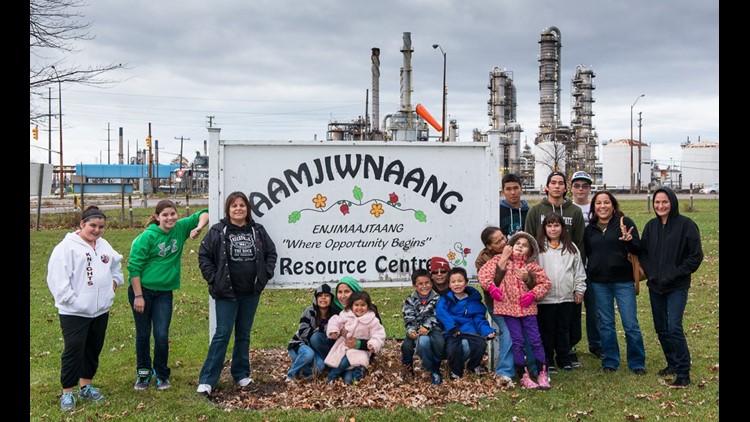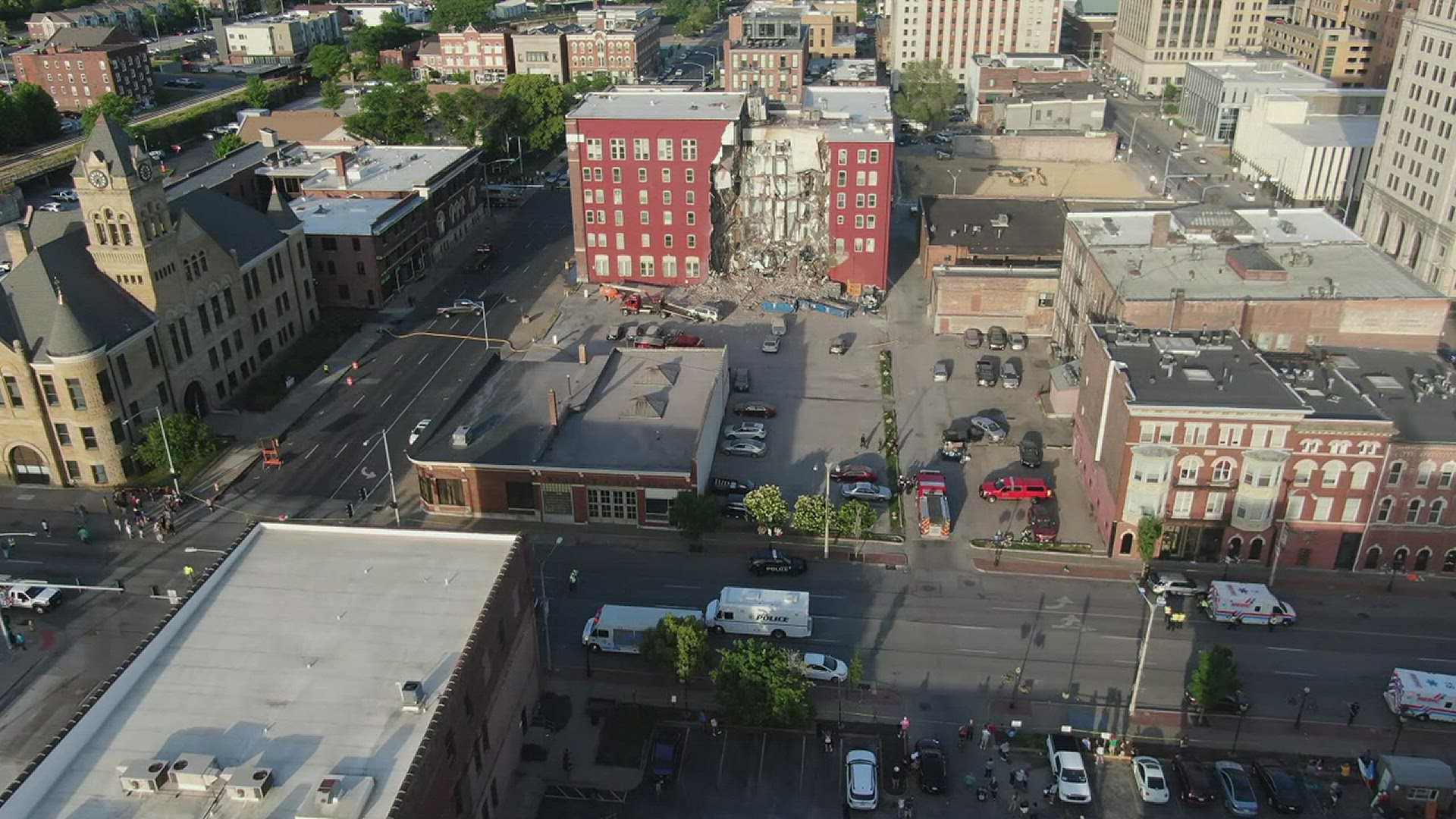This is the first installment of a series of reports on the environment and what we are doing to curb climate change. On October 3, 2018, I received a professional fellowship by Climate Matters and the Society of Environmental Journalists. I was able to speak with and ask questions to dozens of people, including some who are living through the Flint Water Crisis, indigenous people of Canada affected by pollution, a Pulitzer-prize winning journalist who covered the aftermath of Hurricane Katrina, Climate Scientists at the forefront of research, a Physicist who is working on renewable energy for buildings, and other journalists sharing stories on how we will cover this news in the future.

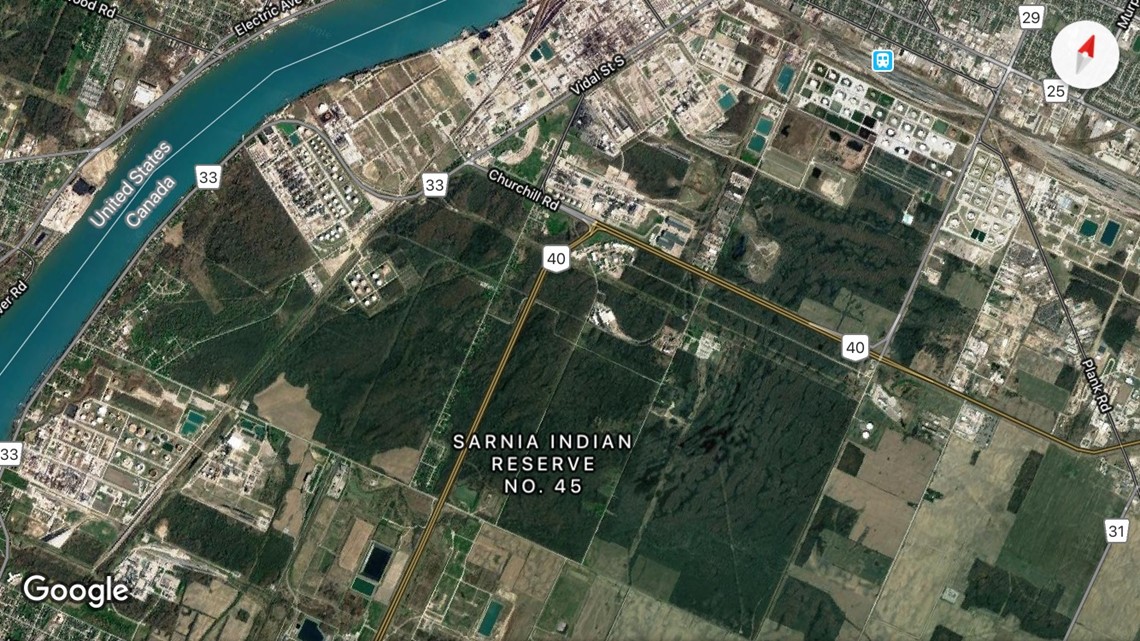
Last week, as part of the national conference of the Society of Environmental Journalists, I was given the opportunity to travel with a group of journalists to “Canada’s Chemical Valley,” the area that immediately follows the St. Clair River, south of the mouth of Lake Huron.
We boarded the bus before sunrise, leaving Flint, Michigan for the hour-long trip across the border. Crossing the bridge into Canada, the first thing you notice are the tall stacks on the horizon. Attached to those, oil refineries that produce 40% of Canada’s oil consumption.
Sarnia, Ontario has a population of 75,000, epicenter for Canada’s petrochemical and biochemical industry. Our first stop is Centennial Park, right along the “Blue Water,” the other nickname for the region.

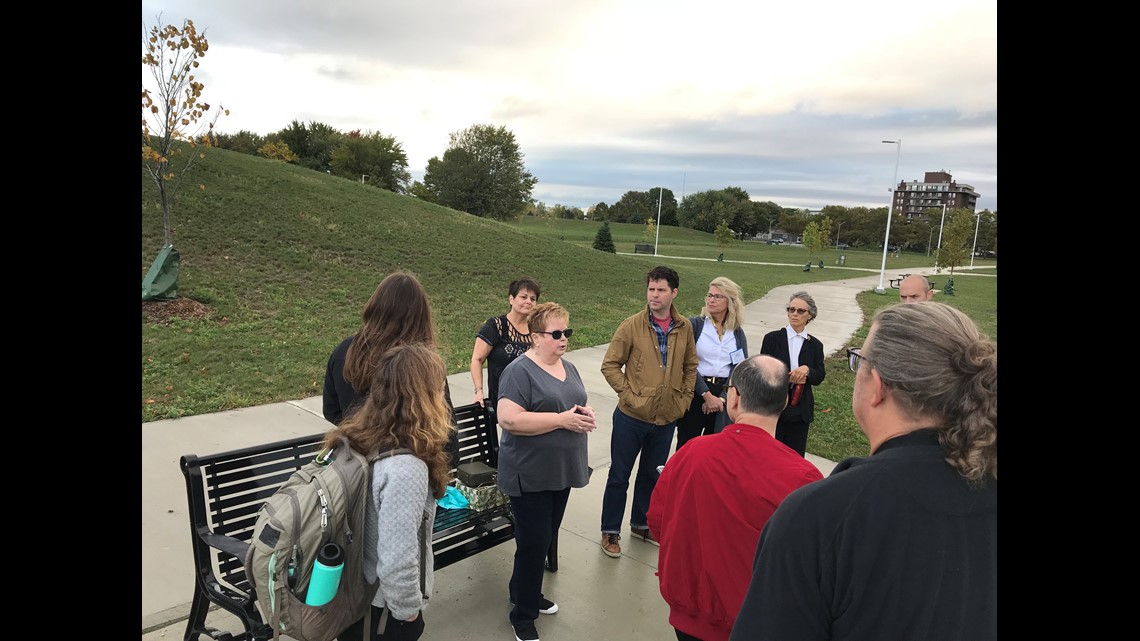
We were introduced to Sandy Kinart, a life-long Sarnian whose husband died from complications of asbestos poisoning. She spoke on the exact spot where the city of Sarnia buried asbestos. “Some sixteen inches under that hill behind me lies a dump of asbestos, just waiting to get into the air.” Today, it is a park which houses benches, a community center, and playground.
From there, we were able to travel the streets of Sarnia, observing many of the petrochemical plants which employ thousands of local residents. Representatives of Esso and Shell Oil were invited to take part in our tour but turned down the offer from organizers.

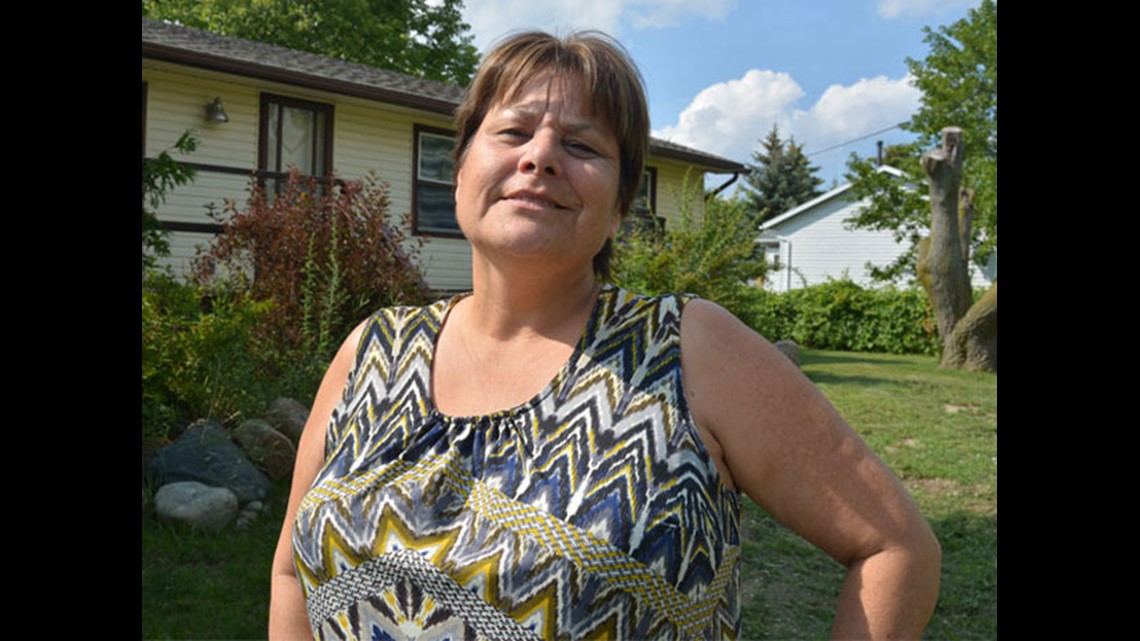
On board our motor coach, three members of the indigenous Aamjiwnaang First Nation who told story upon story of pollution and medical hardship. Ada Lockridge is the loudest voice and most passionate in the environmental fight. “When the sirens go off, we go inside and close the windows. But no one ever tells us what we are supposed to be afraid of.”
The close proximity between industrial and residential had me in awe. As a kid in the 1990s, I wasted many hours playing “SimCity” and understood the simplistic reasons why these two should be separated.
The tall stacks in any industrial area are needed to disperse chemicals into the air. But the abundance of them here seems to do little to prevent cancer-causing illness to the 800 local residents of the Aamjiwnaang First Nation.
Our bus pulled into the Aamjiwnaang First Nation community center where we participated in a Q&A with local leaders including a member of Canadian Parliament, the environmental commissioner of Ontario, physicians, and activists representing the Aamjiwnaang First Nation.
The conclusion I realized is that there is no solution to the problem of environmental pollution here. After the discussion, I was able to stand up and ask “Why don’t the Aamjinaang sue the government of Canada on the grounds that everyone is entitled to a clean, healthy environment?”


The answer was shocking. Elaine MacDonald is the director of the Healthy Communities Program at Ecojustice. “Our government is much different than yours. We are a federalist government, while yours is a democracy. In Canada, we have a provincial government and a federal government. Both are essentially equal to one another. We sued in both courts and lost. We can’t match the money the petrochemical industry can spend.”

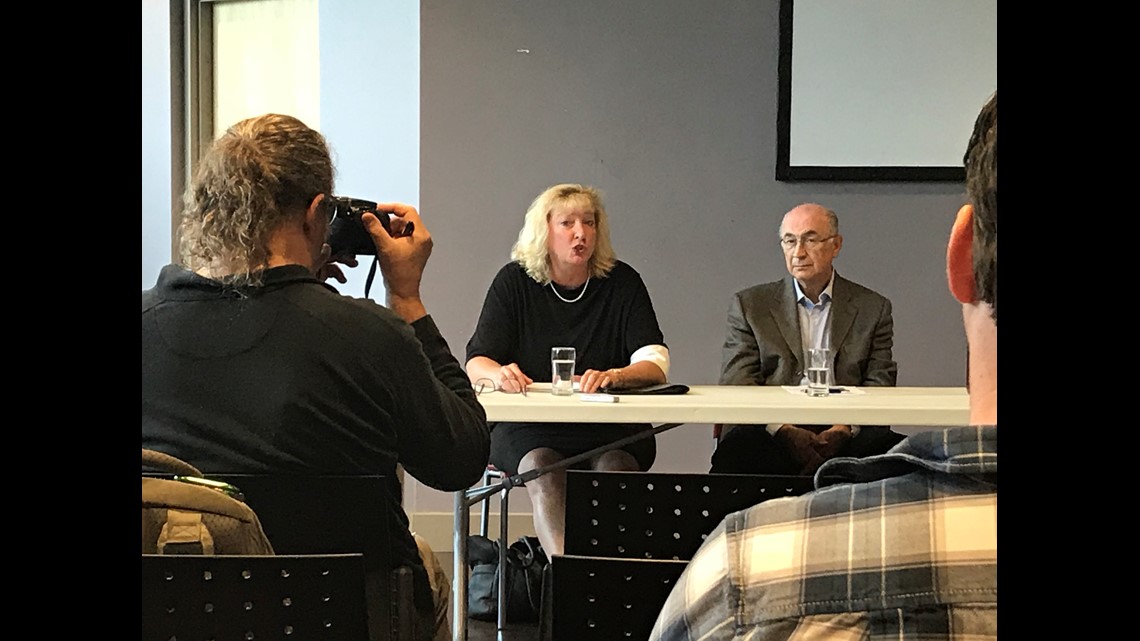
After the Q&A, I was able to sit down with Marilyn Gladu, a conservative member of Canadian Parliament. She worked for 21 years in the petrochemical industry before becoming Sarnia’s representative in the country’s capital, Ottawa.
When I asked her why people are suffering, she said “There has to be a way forward that will benefit both the petrochemical industry, which keeps many people employed, and the Aamjiwnaang First Nation people. A lot of progress has been made to limit the emissions and more studies are needed to show the direct cause and effect.”

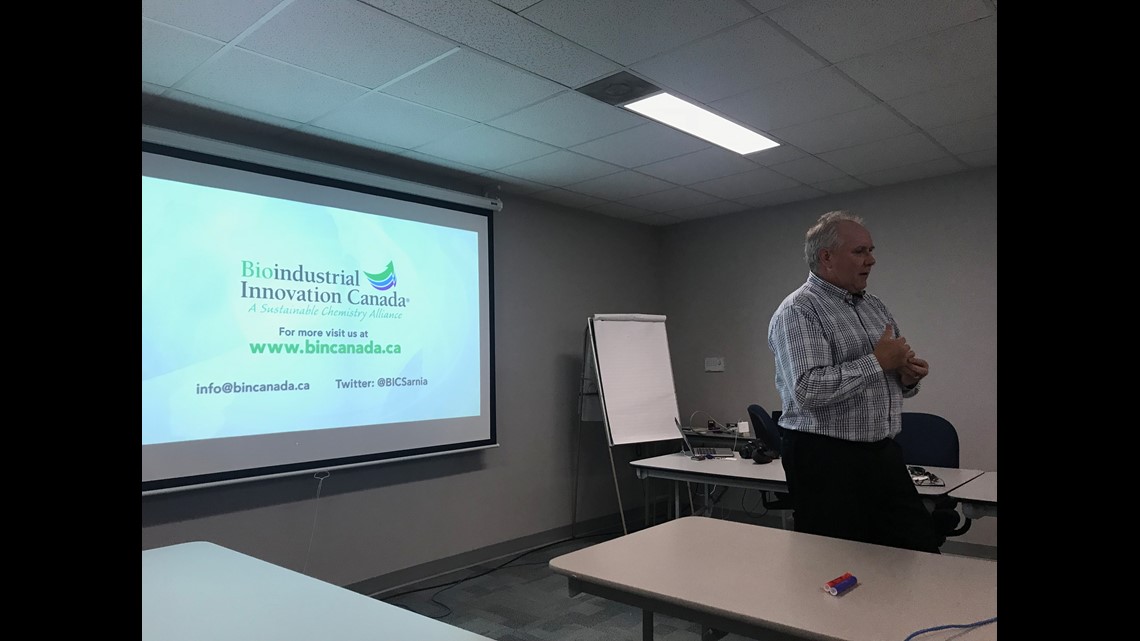
Our trip to “Canada’s Chemical Valley” concluded with a stop at BioIndustrial Innovation Canada. Sandy Marshall is the Executive Director and is a retired executive at Shell Oil.
He leads development of the biochemical industry in the Sarnia area. “Biochemicals will be made all over the place versus one place, like petrochemicals. It’s easy to transport oil via pipe to a petrochemical facility. Try putting a bale of straw or corn stalks into a pipe.”
“There is a million tons of biomass within an hour of here,” Marshall says.
Biochemicals are much more efficient than the refining of oil and it’s better for the environment. But he says people have to want it. “It’s not until people realize that change needs to take place, nothing will. This is critical work.” He says this has the potential to take away from our dependence on the petrochemical industry that provides jobs and pollution.
“The thing that really impacted me was looking at pictures of kids, grandkids, and the world we’re leaving behind. Are we leaving it in better shape than we found it?”
Touring the refinery area around Sarnia, narrated by a member of the Aamjiwnaang First Nation.
-Meteorologist Eric Sorensen


